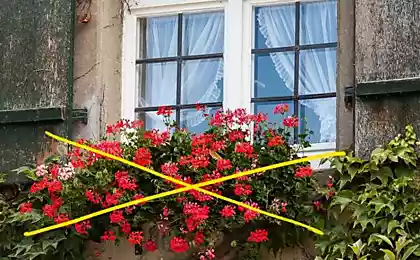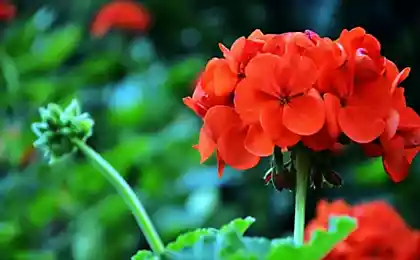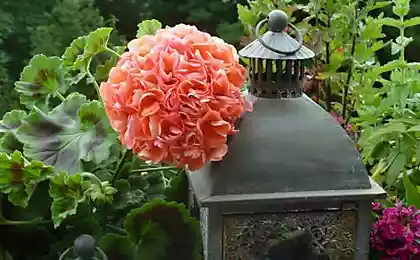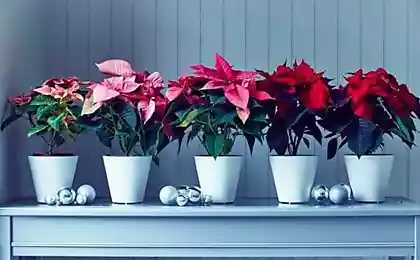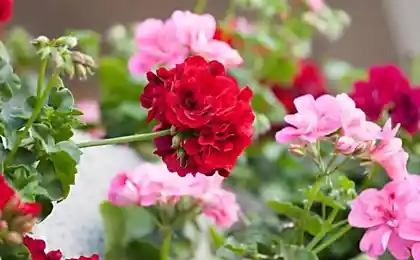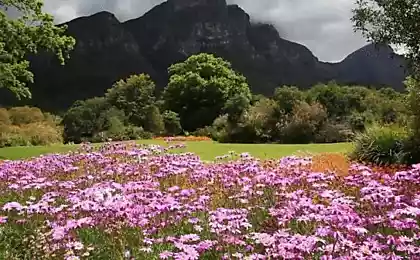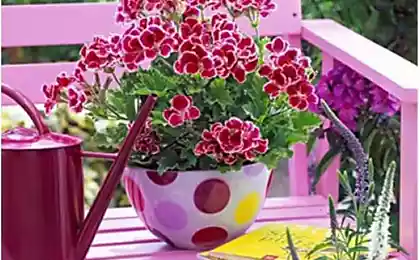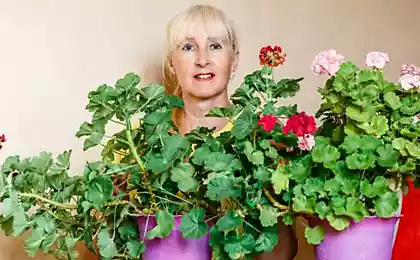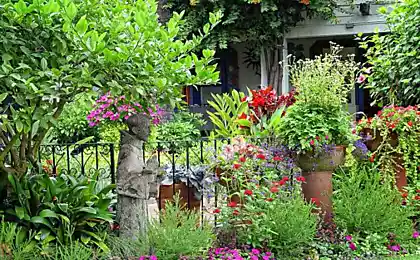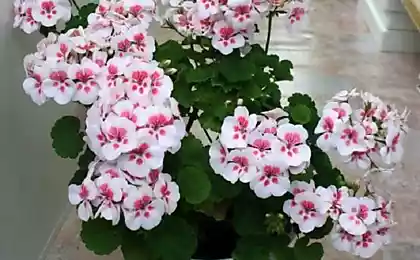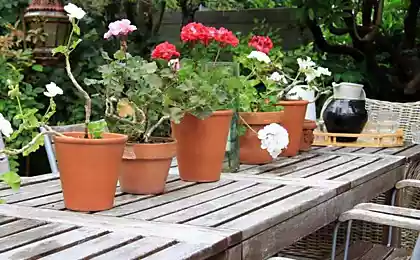619
Pelargonium Royal: cultivation and care
Pelargonium is one of the most beloved household and balcony flowers, and a very common garden ‘annual’.
In common parlance often called pelargonium or geraniums geraniums-pelargonium, the name of the family. Over the years of breeding bred hundreds of varieties of pelargonium, mainly from groups of the Royal pelargonium, pelargonium and pelargonium plusliga (basket). Caring for geraniums is easy both in the home and in the garden.
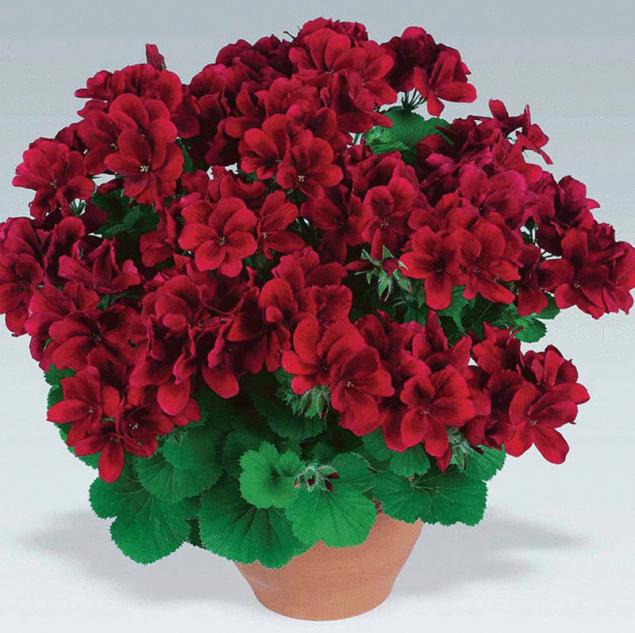
Royal pelargonium, zonal, plusline, angel... Taxonomy of pelargonium is quite extensive and complex, and the above groups and their numerous varieties are the most popular for growing at home and in the garden.
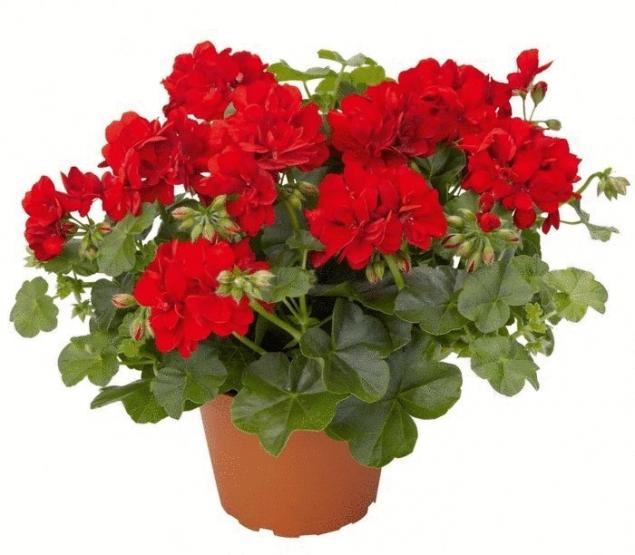
Pelargonium (Pelargonium × hortorum) — a well-known old-fashioned home geranium-pelargonium. Preparetodie plant, with strong stems and flowers, collected in the umbrella. The leaves of the zonal pelargonium have painted the area, hence the name of the group. The group consists of four species, including the zonal pelargonium (Pelargonium zonale), and their hybrids.
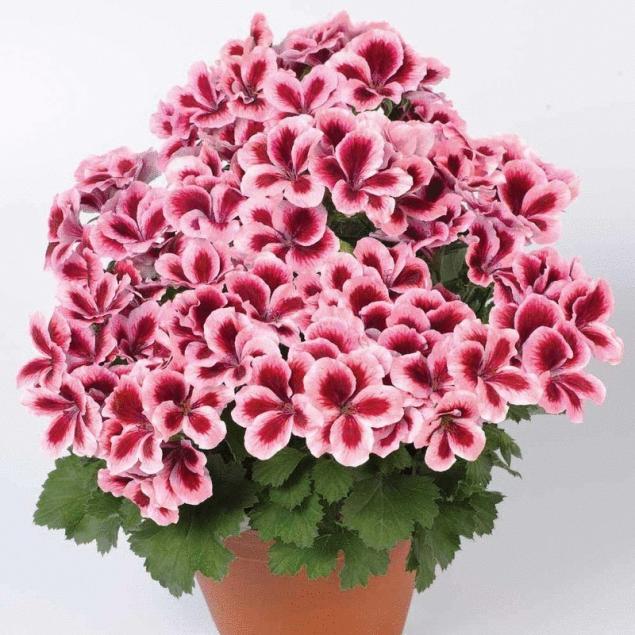
Pelargonium Royal, home or pelargonium (Pelargonium × domesticum) is a compact style of growth (of short stems) and large flowers. The leaves of pelargonium Royal does not have a zonal pattern. This is a relatively new group — Royal pelargonium actively selected from the 60-ies of XX century.
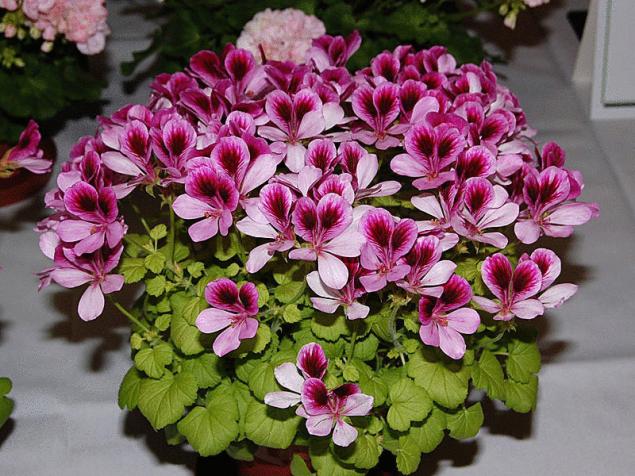
Pelargonium angel — it's mostly hybrids of pelargonium curly (P. crispum to be supplied fresh) and plants from the group of pelargonium Royal. A group of angel is very similar to pelargonium Royal in miniature: the plants are very compact, very lush, but their leaves and flowers are smaller pelargonium Royal. The flowers of pelargonium from the group angel often look like miniature pansies.
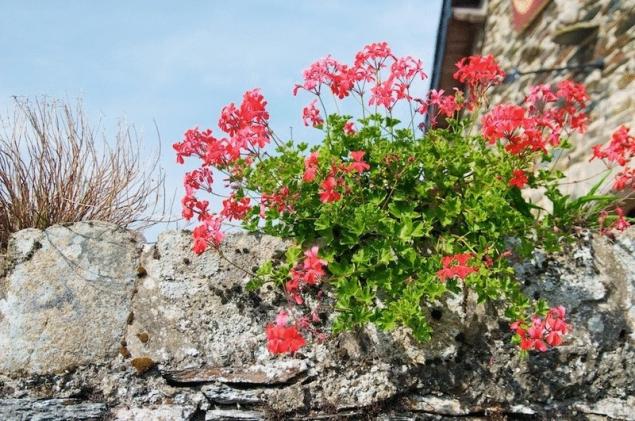
Pelargonium plumeleteer, or a basket (P. peltatum and its hybrids) — plant with a thin stem and basket in the manner of growth, shiny leaves resembling ivy and flowers which can be simple, Terry or collected in the outlet.
The main usage of geranium bluelisted — in containers and hanging baskets.

Pelargonium scented (P. graveolens, P. capitatum and many other species) — a group of geraniums with fragrant leaves. Flowers of scented geraniums are usually quite nondescript, but they are not the main advantage of this valuable group of geranium. Thick and rough leaves of pelargonium extract scented essential oil (usually sold under the name Oil of scented geranium, ilijana).
The most valuable raw materials for essential oil is a scented pelargonium with rose fragrance, see photo. Scented pelargonium are also used in cooking to flavor dishes (do not eat the leaves, like Bay leaves), and even made ice cream-sorbet.
Pelargonium: care
Garden pelargonium store in winter in a cool dark place at 5-7 degrees (the cellar, warmed loggia), occasionally slightly wetting the soil. While pelargonium in pots are pruned to a height of 10 cm of Pelargonium, which were grown in the open ground, dug, cut and transplanted into the ground for storage. Fresh cuttings of geraniums put in storage directly in the boxes with soil.published
P. S. And remember, only by changing their consumption — together we change the world! ©
Source: countrysideliving.net/
In common parlance often called pelargonium or geraniums geraniums-pelargonium, the name of the family. Over the years of breeding bred hundreds of varieties of pelargonium, mainly from groups of the Royal pelargonium, pelargonium and pelargonium plusliga (basket). Caring for geraniums is easy both in the home and in the garden.

Royal pelargonium, zonal, plusline, angel... Taxonomy of pelargonium is quite extensive and complex, and the above groups and their numerous varieties are the most popular for growing at home and in the garden.

Pelargonium (Pelargonium × hortorum) — a well-known old-fashioned home geranium-pelargonium. Preparetodie plant, with strong stems and flowers, collected in the umbrella. The leaves of the zonal pelargonium have painted the area, hence the name of the group. The group consists of four species, including the zonal pelargonium (Pelargonium zonale), and their hybrids.

Pelargonium Royal, home or pelargonium (Pelargonium × domesticum) is a compact style of growth (of short stems) and large flowers. The leaves of pelargonium Royal does not have a zonal pattern. This is a relatively new group — Royal pelargonium actively selected from the 60-ies of XX century.

Pelargonium angel — it's mostly hybrids of pelargonium curly (P. crispum to be supplied fresh) and plants from the group of pelargonium Royal. A group of angel is very similar to pelargonium Royal in miniature: the plants are very compact, very lush, but their leaves and flowers are smaller pelargonium Royal. The flowers of pelargonium from the group angel often look like miniature pansies.

Pelargonium plumeleteer, or a basket (P. peltatum and its hybrids) — plant with a thin stem and basket in the manner of growth, shiny leaves resembling ivy and flowers which can be simple, Terry or collected in the outlet.
The main usage of geranium bluelisted — in containers and hanging baskets.

Pelargonium scented (P. graveolens, P. capitatum and many other species) — a group of geraniums with fragrant leaves. Flowers of scented geraniums are usually quite nondescript, but they are not the main advantage of this valuable group of geranium. Thick and rough leaves of pelargonium extract scented essential oil (usually sold under the name Oil of scented geranium, ilijana).
The most valuable raw materials for essential oil is a scented pelargonium with rose fragrance, see photo. Scented pelargonium are also used in cooking to flavor dishes (do not eat the leaves, like Bay leaves), and even made ice cream-sorbet.
Pelargonium: care
- Soil for geraniums need a fertile, permeable, neutral to slightly alkaline.
- Lighting pelargonium full sun with shading in the middle of the day. For pelargonium zonal is possible penumbral location.
- Watering geraniums is moderate. Pelargonium do not like wet conditions and do not require spraying. Excessive moisture can contribute to fungal disease — Botrytis and rust.
- Feeding pelargonium begin in the spring during active growth of pelargonium fertilize every 2 weeks with a complete fertilizer. After the formation of buds you ought to use fertilizer with high potassium content (for flowering and fruiting trees and shrubs, for tomatoes, roses, etc.).
- Pelargonium pruning consists of pinching of the stems, which stimulates splendour of the Bush and flowering. Especially in need of prisypka plumeleteer and zonal pelargonium. The faded head should be removed.
- The multiplication of pelargonium can be done in late summer green cuttings, which root in the soil for seedlings.
Garden pelargonium store in winter in a cool dark place at 5-7 degrees (the cellar, warmed loggia), occasionally slightly wetting the soil. While pelargonium in pots are pruned to a height of 10 cm of Pelargonium, which were grown in the open ground, dug, cut and transplanted into the ground for storage. Fresh cuttings of geraniums put in storage directly in the boxes with soil.published
P. S. And remember, only by changing their consumption — together we change the world! ©
Source: countrysideliving.net/
Develop a sense of humor in a child: 10 tips
How to equip a holiday home, the neighbors wanted to do the same

